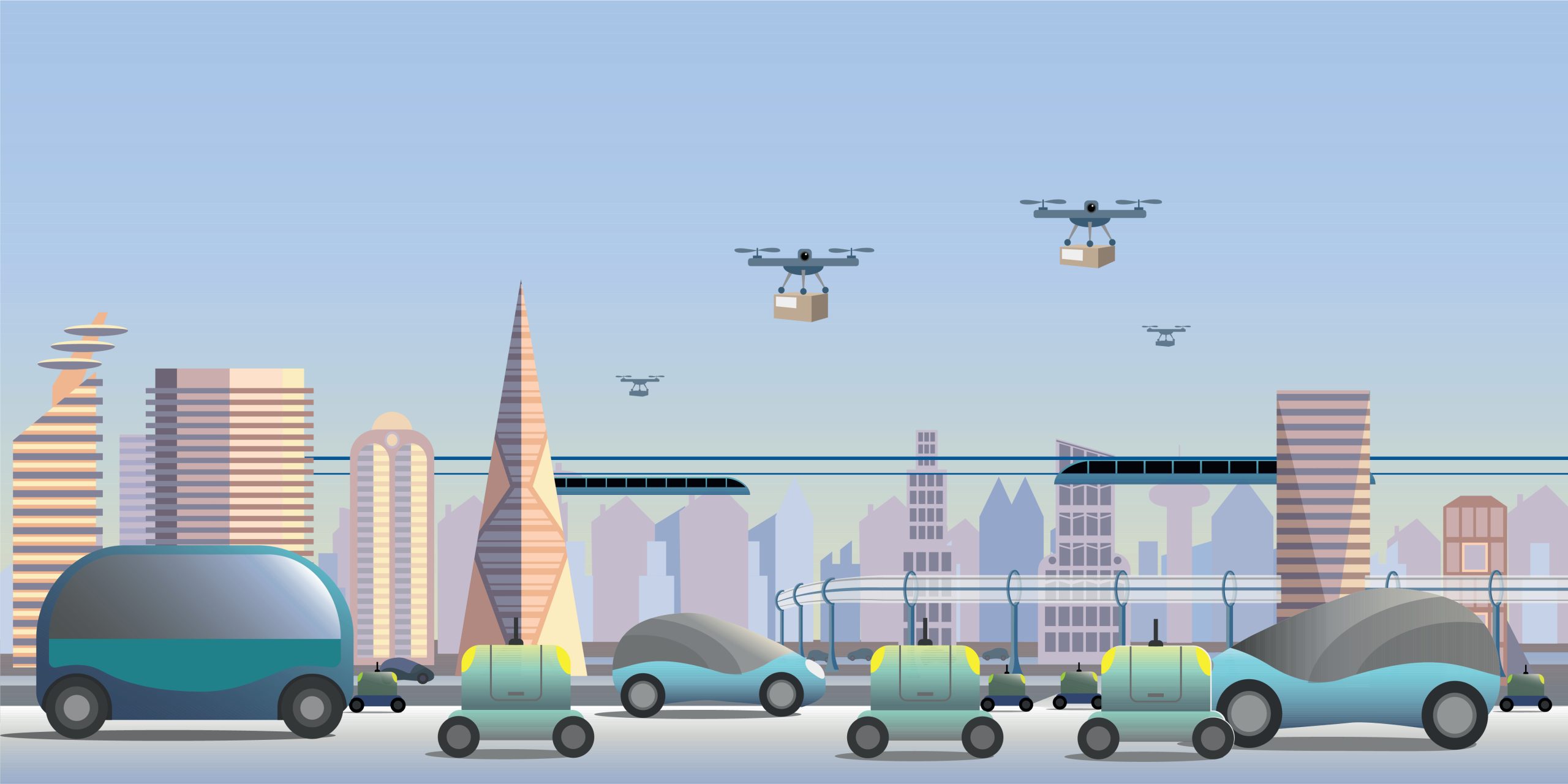What does the future of logistics look like and how will it affect our society?

In an era where news of novel robots and advanced automation technologies frequently captures headlines, one might expect the shipping and delivery experience for consumers to have transformed significantly. Yet, as data from post-purchase platform Narvar shows, the average minimum spend for free shipping has actually risen, from $52 in 2019 to $64 in 2023. This challenges the notion that these advancements have directly benefited consumers. So will there ever be a time where logistics technology changes our lives for the better?
The Key to Dramatic Cost Reduction
The crux of the matter lies in the cost of automation, encompassing both the initial purchase and the operational lifespan of the technology. While the focus has often been on reducing manufacturing costs to reduce initial spending, the real breakthrough comes from enhancing the durability of these systems. A longer operational life allows for the cost of the automation asset to be spread out over more years, significantly altering the depreciation calculus and reducing the annual expense attributed to automation. For example, if the operational lifespan of an automation solution is doubled, this halves the annual depreciation expense. This not only improves the financial viability of automation investments but also increases their value-generating period, making a compelling case for wider adoption.
Automation Beyond the Warehouse Doors
The shift towards automation isn’t just limited to within warehouses, but it spans the entire logistics chain. The rise of self-driving trucks and delivery drones heralds an era of unmanned freight transport and delivery, moving us closer to fully unmanned and autonomous logistics systems. These advancements suggest a future within the next decade where logistics could operate without human intervention, relying on systems designed to last 30 to 50 years. This evolution could drastically lower the thresholds for free shipping, potentially reducing the current $64 minimum spend to as little as $5 without any paid membership or “hidden” requirements.
A Revolution in Waiting
Despite the slow permeation of these technologies into our daily shopping experiences, the trajectory of logistics automation is clear. The narrative is shifting from “if” to “when,” with technology and durability improvements hinting at a future where logistics becomes a catalyst for efficiency and cost savings rather than a barrier. This impending logistics revolution promises not just to alter how products reach our doorsteps but to transform the very fabric of commerce.
In conclusion, while the full impact of logistics automation on our daily lives has yet to be realized, the potential for significant change is on the horizon. As technology continues to advance and the lifespan of automation systems extends, we stand on the brink of a new era in logistics—one that promises lower costs, greater efficiency, and a seismic shift in the consumer experience. All that’s required of us is a bit more patience as we await the realization of this promising future.
Contact
RENATUS ROBOTICS: Yodai
-
URLをコピーしました!
-
URLをコピーしました!

